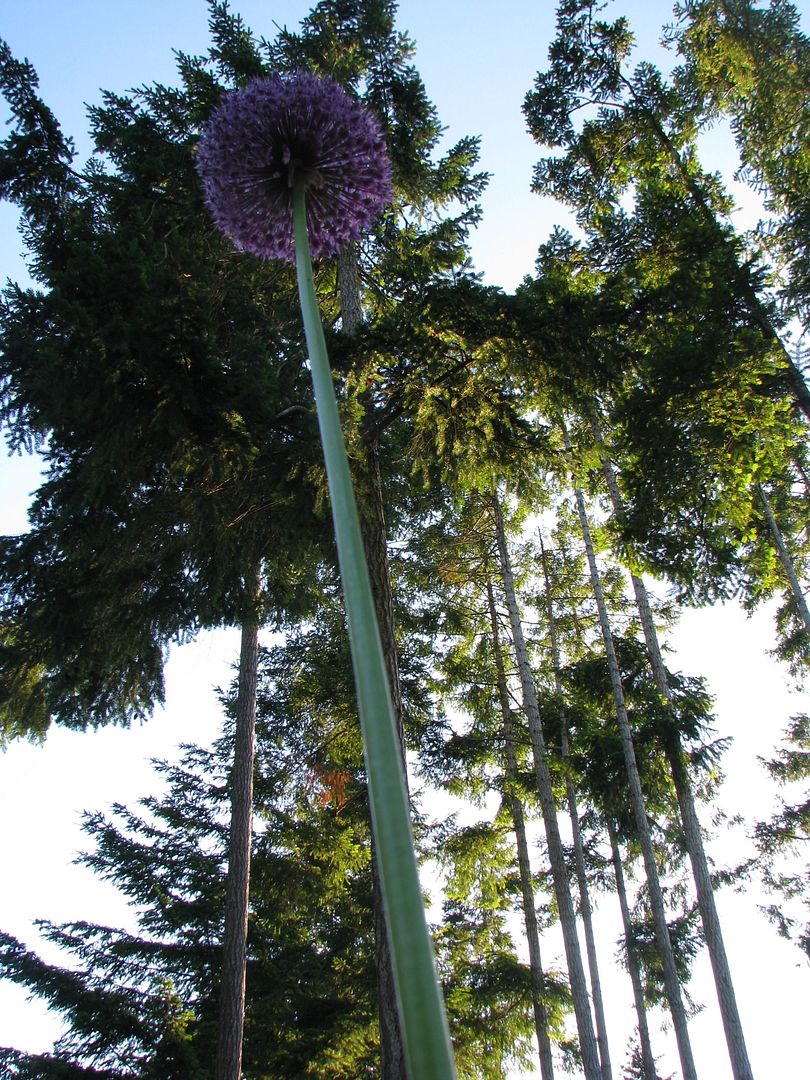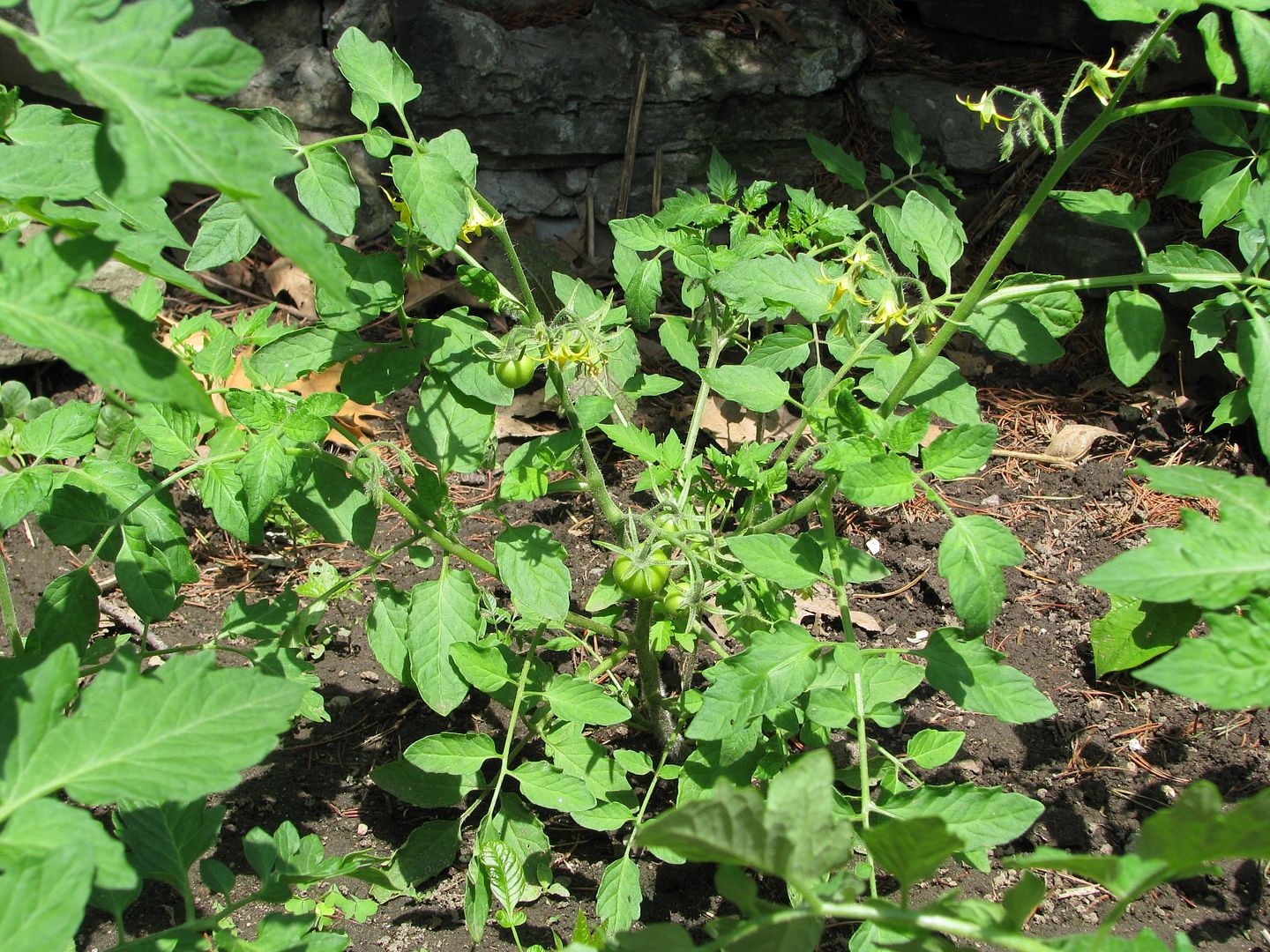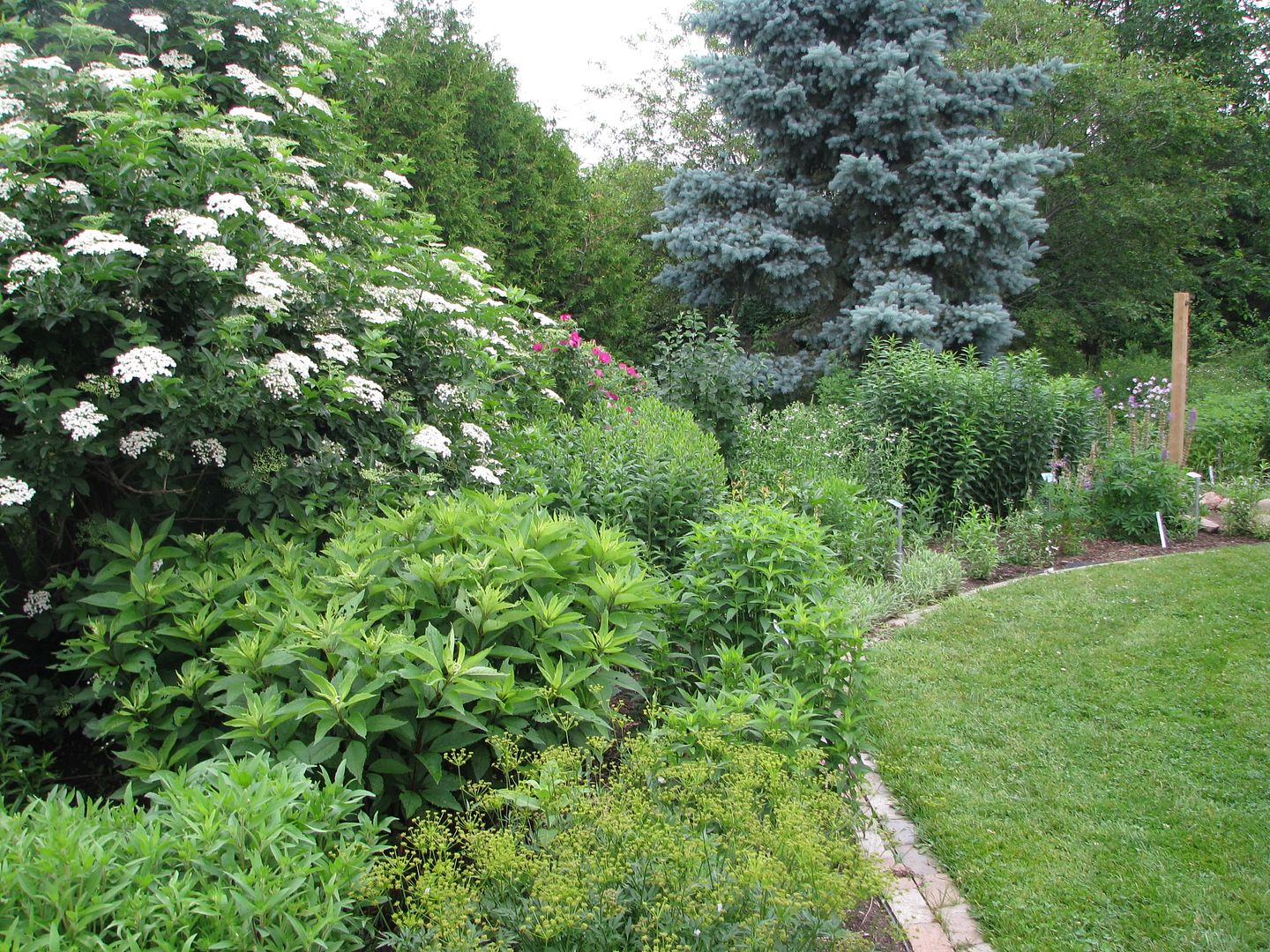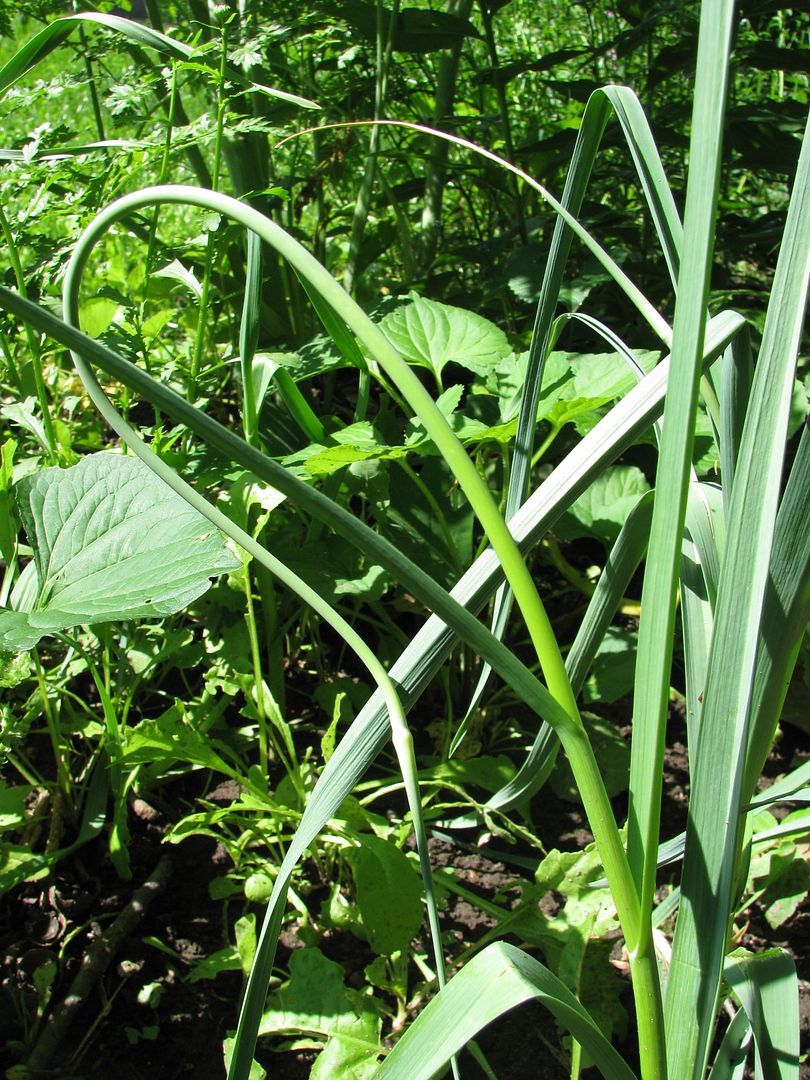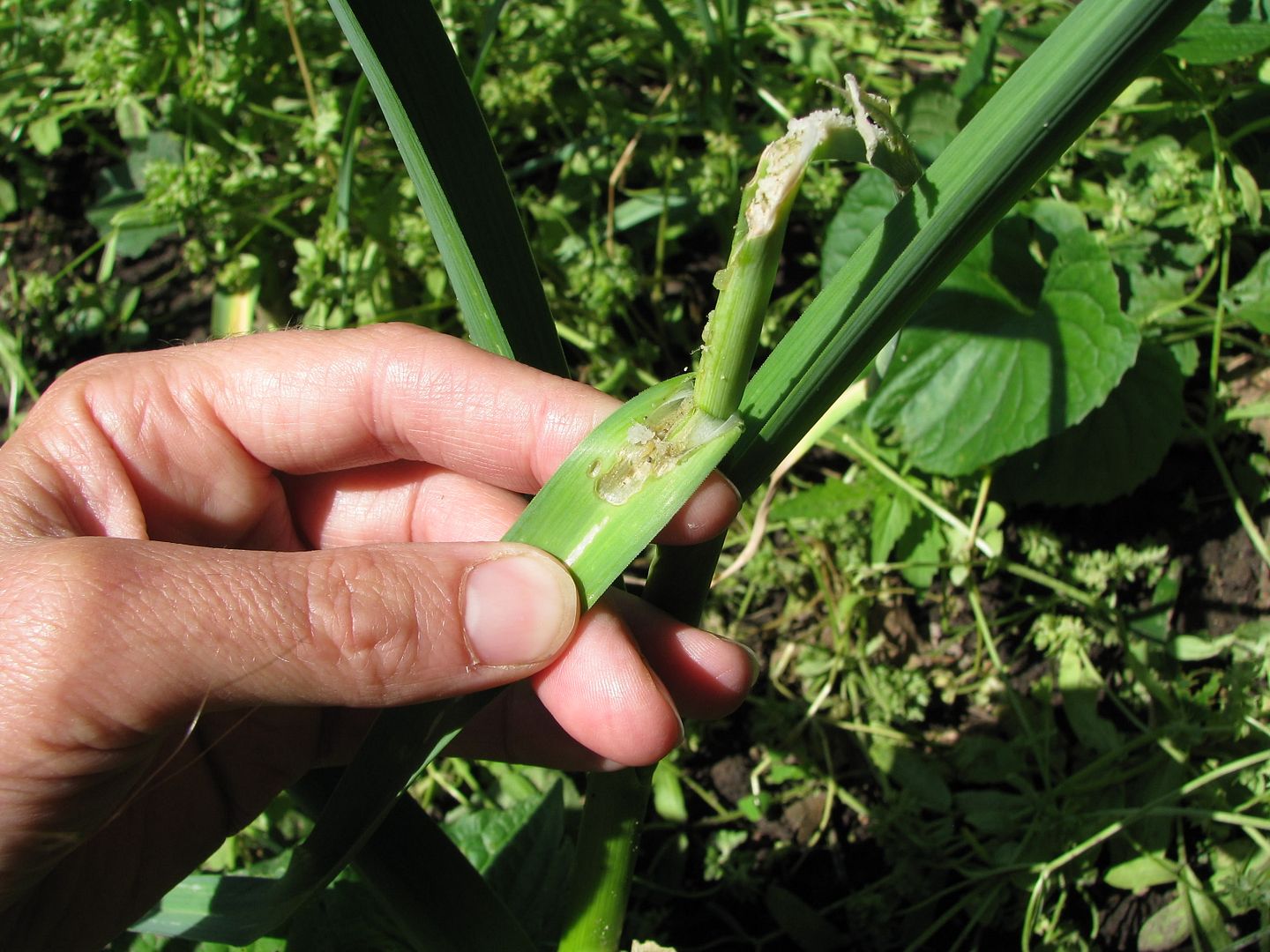As I was enjoying some squash blossom tempura yesterday, I started to wonder what other parts of common vegetables do we ignore?
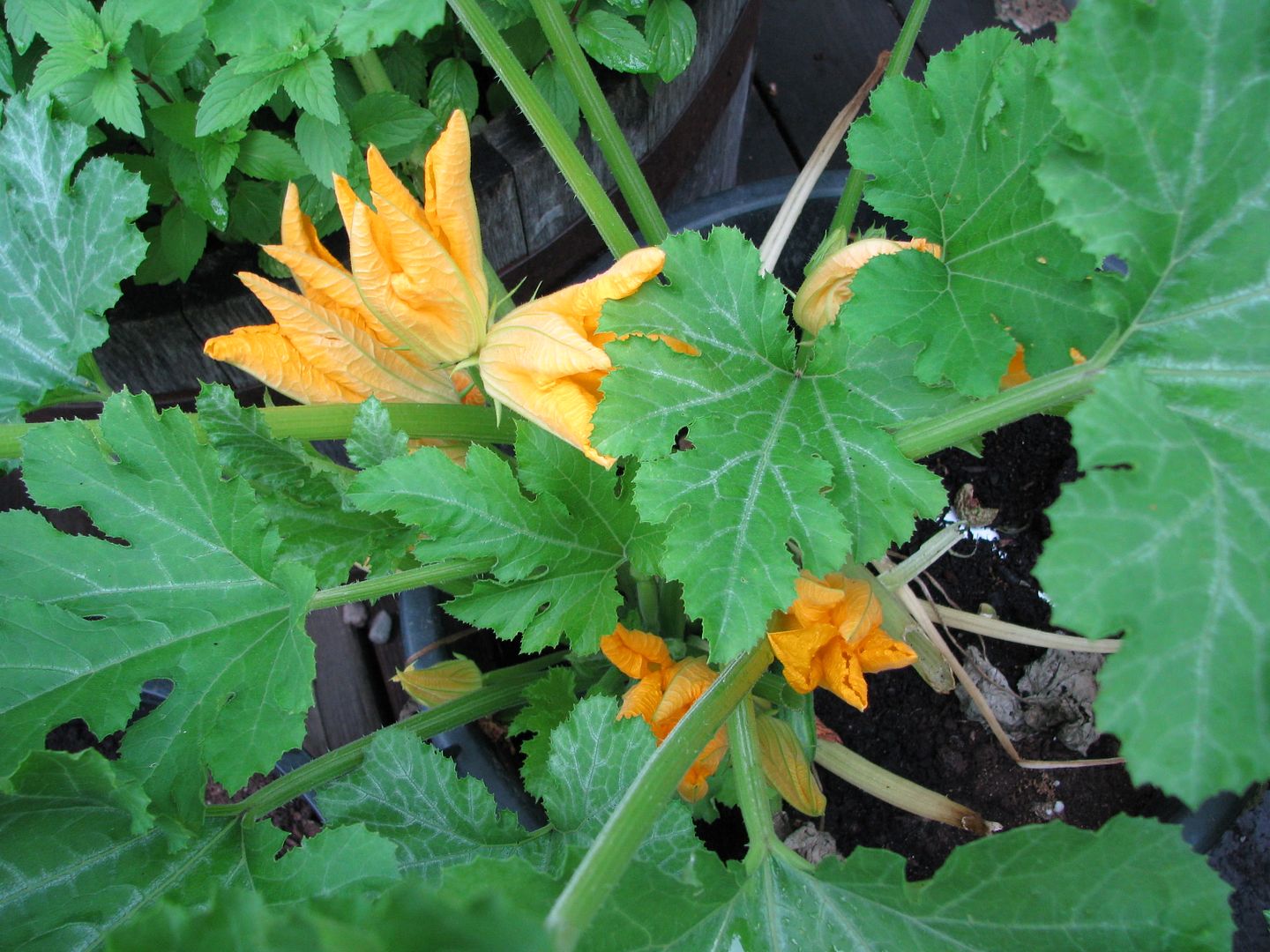 Eat and Grow your...Squash blossoms & Watermelon seedsSquash - winter and summer
Eat and Grow your...Squash blossoms & Watermelon seedsSquash - winter and summerAll commonly grown species of Cucuribita including C. pepo, C. mixta and C. moschata have edible flowers, seeds and would you believe greens? The fruit of all varieties from zucchini to pumpkin can be eaten at both the mature and immature stage though breeding has made some more desireable for one or the other use.
Squash blossoms - The abundant male flowers (those with skinny stems and no immature fruit at the bottoms) are a great bonus harvest. Just don't harvest them all when there are female fruit around to make sure that you will have pollination. They are commonly eaten as tempura or stuffed.
A halloween treat around our house is roasted and salted pumpkin seeds. We eaten them unshelled though they are better without the white fibrous coat. Varieties like Lady Godiva have been selected for their hulless seed. You can also press the seed for oil. According to
Plants for a Future, sprouted squash seed contain a toxin in the embryo though if you google, it seems lots of people eat them (or at least they eat pumpkin seed 'soaks')
Watermelon Don't just spit all those watermelon seeds on the ground, you can eat them just like your mother said. If you don't crunch them raw while you enjoy the sweet watery flesh, you can roast them and use them as a flour adulterant. Oh and according to pfaf, the juice is high in pectin: the possibilities. Watermelon rinds, especially from
citron, are used to make perserves.
Cucumber and MelonSmall cucumber seeds are also edible but would be a pain to deshell. Thankfully you can also press them for oil that is said to be reminiscent of olive oil. If this is true, then I will be searching for some very seedy cucumber varieties. Most links about the oil, however, take you to information about beauty products.
Melon seeds are on the menu too.
Eat and Grow Your...Broccoli leaves & Kale BroccoliniIf you have any issue growing Brassicas because of pest and disease problems, then you already know what a great food source they are. The bugs find them delectable too.
Most commonly grown Brassica can be eaten from leaf to seed, and sometimes root. I encourage double checking of all facts but here's what I've eaten. Cauliflower, kholrabi and broccoli leaves all have a tough texture but are perfectly acceptible. Mustard, rocket and kale flowers are mildly flavoured and plentiful. I suspect that most flowers from this family are edible but verify before you try. Broccolini flowerbuds from kale, choy and mustard are all tasty. Immature seedpods from mustards, kale and especially rattail radish - bred for this purpose. Of course, seeds of mustards, cabbage, and broccoli are commonly used in sprouting. I always have an over abundance of mustard seed to mix with vinegar for mustard sauce but I suspect you could use other edible brassica seed as a substitute.
Eat and Grow your...Onions greens & Garlic ScapesYou have probably heard about eating the immature flowering stem of garlic known as its scapes, this is also true of other alliums if they flower. Making allium greens from garlic or onion is a great way of producing a winter crop or producing a quick cache crop with some late planted seed onions or garlic cloves. You can also grow greens, scapes and seed by replanting the bottoms of green onions or leeks.
If you have too many seeds on hand, sprout them.
Eat and Grow your...Runner Bean flowers & Bean LeavesI commonly grow extra pea seeds for their young shoots and tendrils that taste like a cross between spinach and peas. This is another easy indoor winter harvest but also makes a great quick crop for an empty place in the garden. Many common legume flowers are edible such as pea, fava bean and runner bean (
Phaseolus coccineus) flowers but I haven't found mention of regular old beans (
Phaseolus vulgaris) so I'm not sure about those.
Eat and Grow your...Corn Pollen & Silks & StemThis was a fun surprise. I had no idea that you could put Zea mays pollen in soups, eat the silks and use the pith of the stem in a way similar to sugar cane. Well, now I have more incentive to try to grow the stuff! If you have had experiences using corn this way, I'd be interested in hearing more.
M
ore uses of corn by Two-Lane Livin'
This is only the start of the alternative uses for common vegetables, there are also the well known beet greens, sweet potato greens and chicory flowers so do your research and just because your broccoli buttoned, your corn didn't form kernels and your squash aborted its fruit shouldn't mean that you didn't get anything to eat!
***
Stuffed squash blossomsPumpkin leaves in peanut sauceWatermelon rind picklesRoasted watermelon seedsRattail radishMustard recipesSprout people on Leek Sprouts (and much more)
Whole page on pea shoots with recipes (marketing page for Sainsbury but good info)




